Splash and Go Express Car Wash is here to discuss water spots on car and the effect of those spots on your vehicle. Many people do not consider the type of water they are using when they are washing their cars. However, it is a factor that should be seriously considered. Even though the type and amount of water contamination can vary depending on the water’s source, it is beneficial to know where the type of water that is used to wash your vehicle comes from.
The following is a guide that will delve deeper into hard water, and how to prevent water spots on car from forming. Additionally, keep reading for why regular visits to an automatic car wash increases the longevity of your car’s paint, keeping the vehicle looking showroom new longer.
What Is Hard Water?
If water spots on car are ruining the paint job, chances are the car is being washed with hard water. Hard water is caused by the combination of minerals and dirt being transported to the well’s surface.
Calcium and magnesium are the most common minerals found in wells and result from the interaction of limestone and water underneath the ground. Although this interaction of the minerals causes adverse health effects when the water is consumed, the mineral residue that is left behind on a car’s paint after it has been washed can make the car look even dirtier than before venturing to the car wash.
Once these water spots on car appear, they are almost impossible to get rid of. Fortunately, Splash and Go shares some tips that car owners can follow when dealing with water spots, including how to prevent and remove them.
Prevention of Water Spots on Car
Unless a person is able to treat the water, it is almost impossible to remove every water spot that appears every single time. However, there are some things that car owners can do to prevent them. Try first using a few simple products on the car’s paint to protect from water spots. Other solutions are available if the products are not effective.
Do Not Wait To Wipe Down The Car
When dealing with hard water, it will be much more difficult to get rid of the spots if the water is allowed to dry on the car. Splash and Go recommends drying the car quickly. Drying the car quickly decreases the risk of etching the paint after the car has dried. This is even more important when the weather is hot.
It is common for a powder-like substance to appear once the hard water has dried. This occurs in very extreme hard water cases. This is why it is a good idea to wipe water beads away before the residue appears.
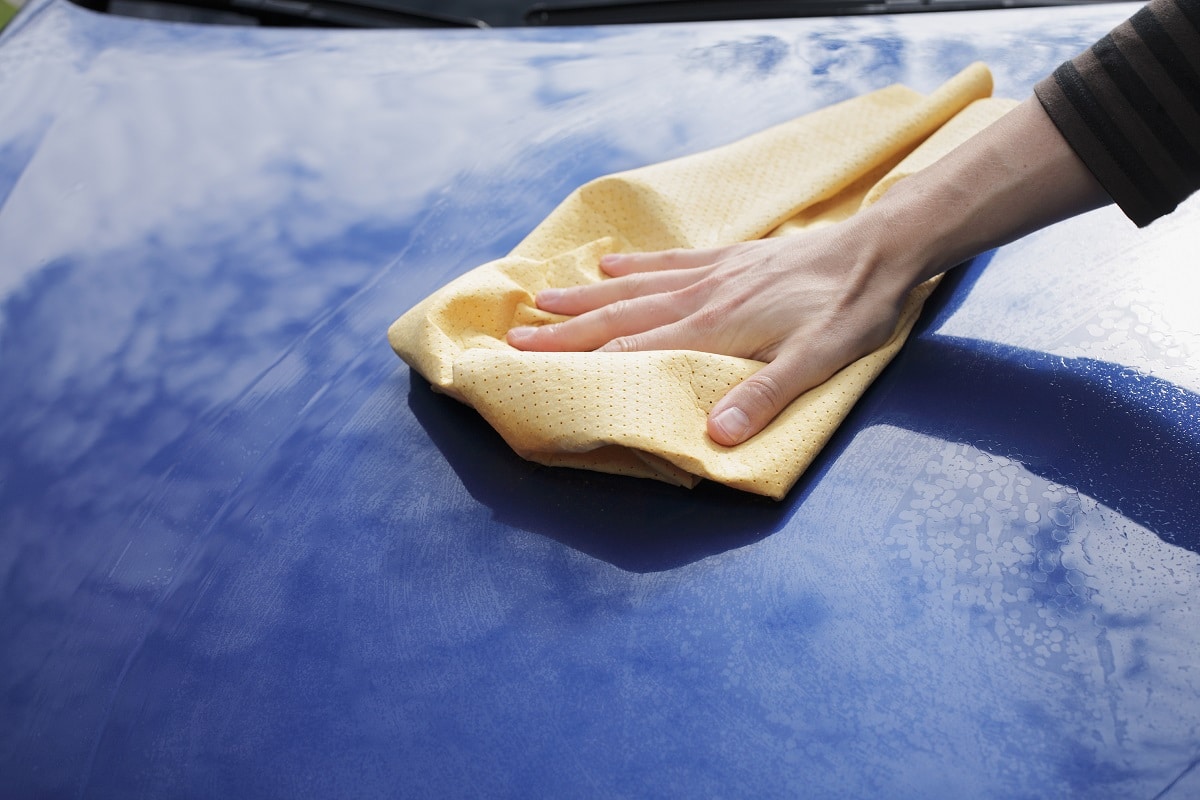
Use A Sealant Or Wax
A very effective way to keep hard water stains from ruining a car’s paint job is by using a sealant or carnauba wax. The types of products do two things. First, they help improve the shininess of the paint. They allow the paint to retain its luster. Second, they offer a layer of protection to the car’s surface. Furthermore, the products are water-resistant and help to whisk water away from the paint. If hard water spots begin to appear on the sealant layer, they will be a lot easier to get rid of when compared to the spots that are on an unwaxed and rough clear coat of paint.
After trying the products and the prevention methods aren’t effective, removal may be necessary.
Removing Hard Water Spots From A Car
When hard water spots on car become a persistent problem, car owners can try a few different methods for removal. Minerals in hard water are not considered organic, meaning the most effective cleaners will have an acid-base.
White Vinegar/Citrus Cleaners
Who knew that something that costs $1 or less could remove hard water spots from a car? Although this is a method for removal, it is typically more effective on smaller water spots. To see if it is effective, simply create a 1:1 ratio of white vinegar and water. Test the mixture out by using it on a small area of the car.
Cleansers that have a citrus base are also effective once they have been properly diluted. Whenever there are strong chemicals being used, make sure to wear protective gear such as goggles, gloves, and masks.
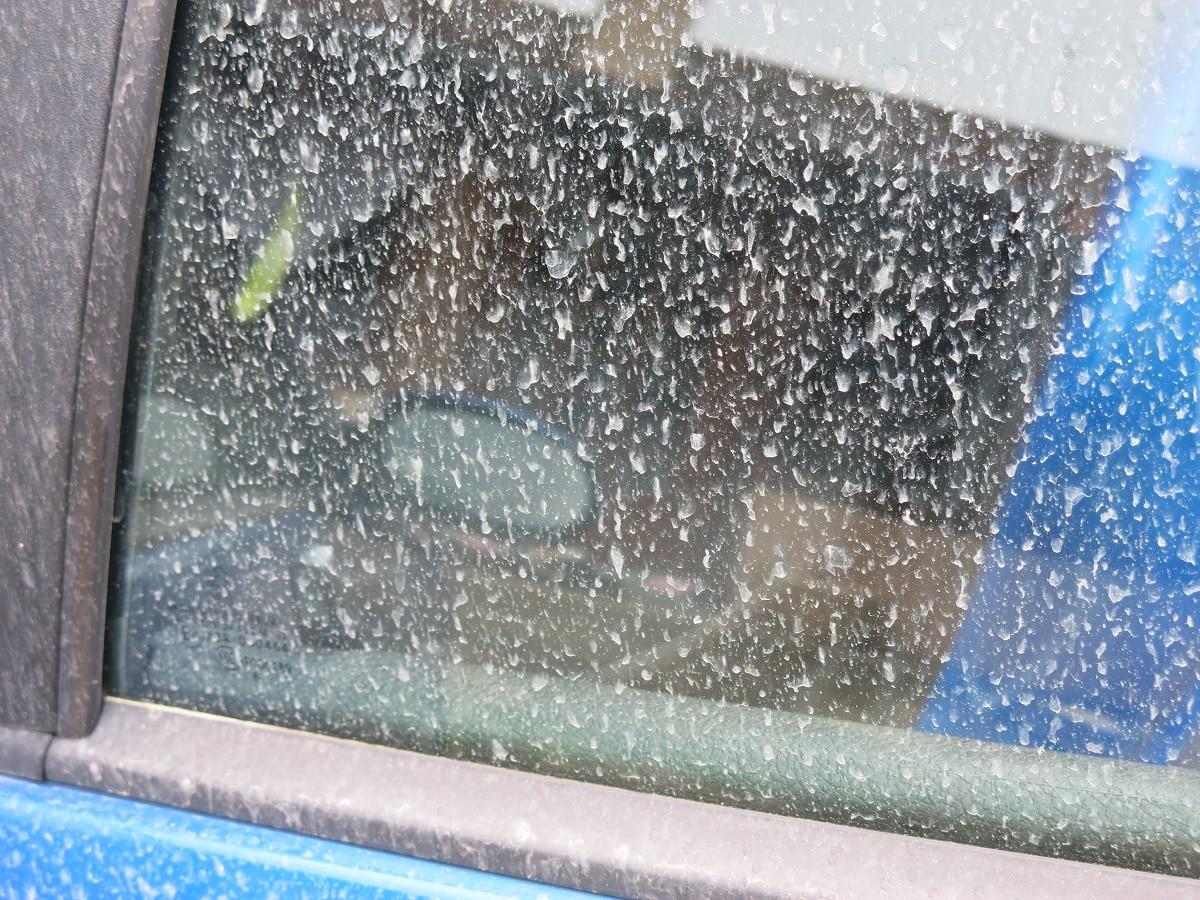
Elimination of Water Spots on Car
If there is hard water present, water filtration systems can be used to remove the higher levels of mineral that may be concentrated in the water. Some systems use a process known as deionization. Deionization removes salts, minerals, and other charged particles so oxygen and hydrogen can be released in the water.
Automatic Car Washes
If all of the prevention, removal and elimination techniques have not gotten rid of the hard water spots, going to an automatic car wash is the next logical step.
By visiting an automatic car wash like Splash and Go, not only will car owners protect their investment, but they will also be environmentally responsible. Automatic car washes decrease the amount of pollution in groundwater, and they also help to preserve the finish and paint on the vehicle. As a result, this helps the car maintain high resale value. The average car owner can use over 100 gallons of water to wash their vehicle. In comparison, an automatic car wash uses less than 40 gallons. How is this possible?
Automatic car washes recycle the water that is used for washing. The water is treated and cleaned before it is used for other washes. In addition, using brushes and sponges to wash a vehicle by hand can often leave microscopic scratches on the car’s surface. These scratches are caused by sand, dirt, and debris that can become lodged in the cleaning tool. In other words, hand washing a car at home can dull and damage the finish.
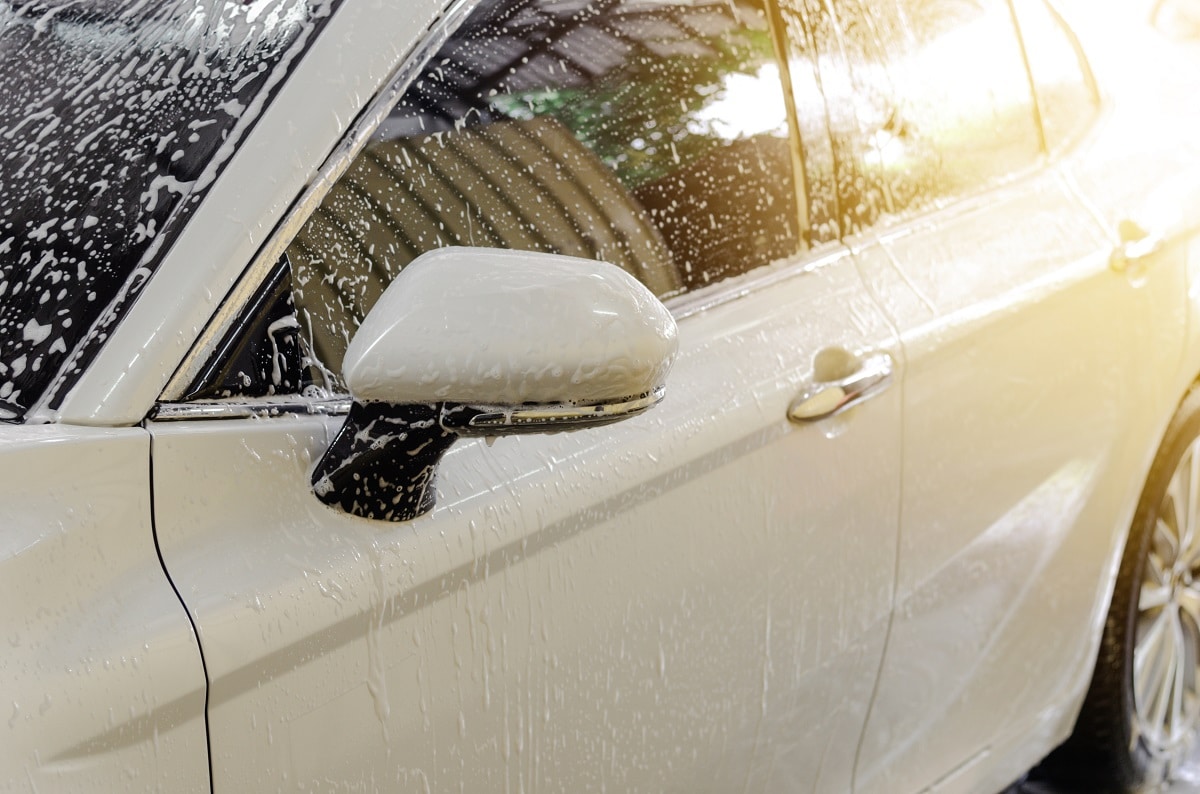
Final Notes on Water Spots on Car
No one wants to drive around with a dirty looking car. Even the cleanest car can appear dirty when it is covered in water spots. There are products on the market that are designed to prevent, remove and eliminate these spots. When all else fails, Splash and Go Express Car Wash can help improve the appearance and life cycle of a vehicle. Visit us today!

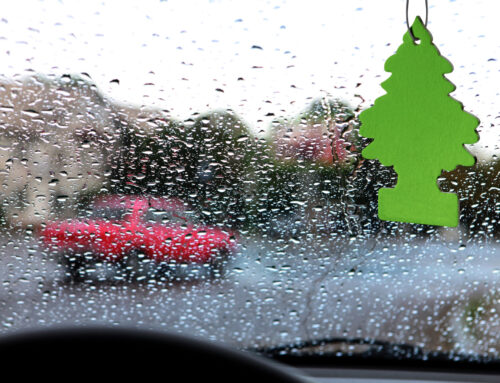
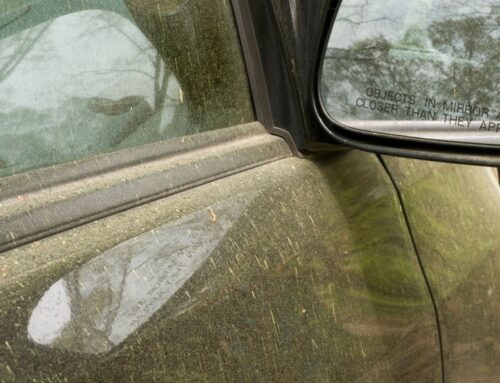

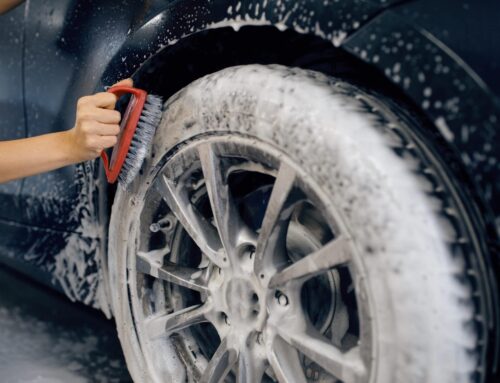
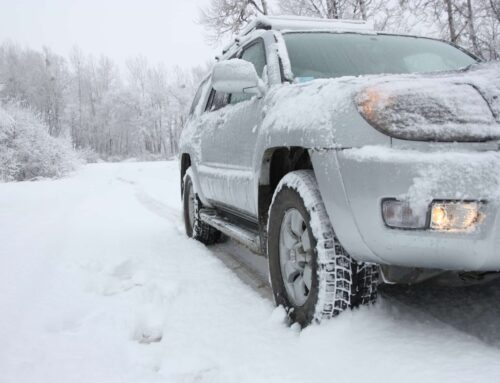
[…] Quote from the source: … […]